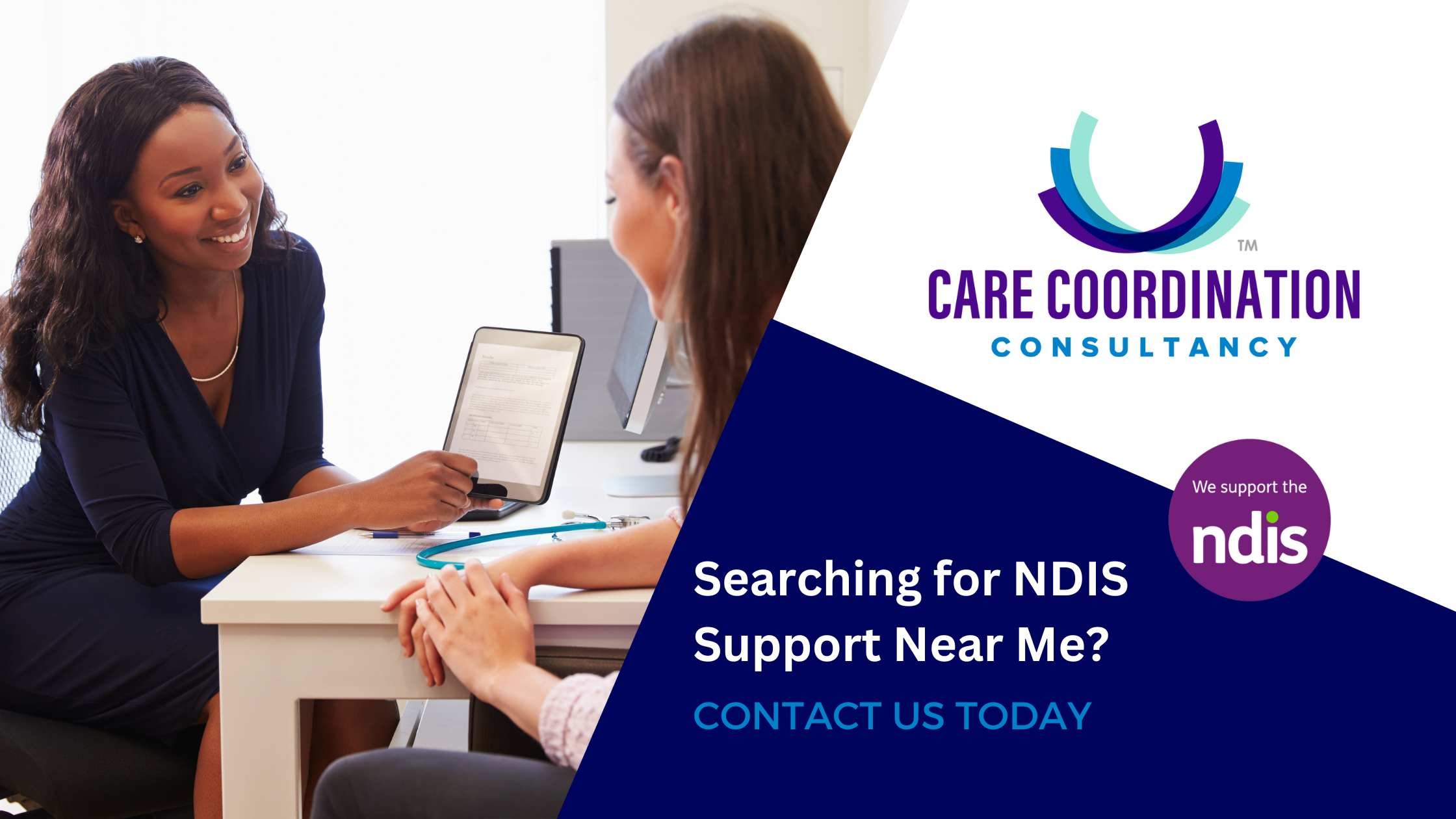
A good SLES program will focus on helping you prepare, seek and obtain the best possible work for you. Quality SLES providers know that the pathway to employment for persons with disabilities often needs to be individualized. SLES providers should also network in the community to generate awareness of the benefits of employing a person with a disability to boost NDIS participants’ long-term employment prospects. A SLES provider will have extensive local networks with employers to help participants on their journey to stable employment. SLES providers may also use capacity-building funding to source activities to build employment capacity. In addition to developing extensive local networks, a SLES provider will work directly with a participant to prepare them for the road ahead. Creative ways SLES providers may do this include;
You can find out more about SLES employment supports on the NDIS website by clicking here.

Have you heard the acronym SLES? Maybe you’ve been in chats with members of the disability community and heard them refer to SLES. Or it has been allocated to your or your child’s plan, and you are wondering what it means and how it can help you. SLES stands for School Leaver Employment Support and is there to help a young adult transition from school to the employment environment. It is delivered by the NDIS or the National Disability Insurance Scheme. A SLES provider is a company or independent that delivers SLES programs.
The NDIS seeks to build the capacity of persons with disabilities in the areas they wish, and employment is no exception! The NDIS SLES, or School Leaver Employment Support, was introduced in 2017 to assist participants in finding employment. Over two years, participants can set specific employment goals with their NDIS SLES provider and work towards reaching those goals. For example, if a participant wanted to manage a retail store but lacked experience handling money, a skillful NDIS provider would find services and programs to increase the participant’s cash-handling skills while exploring entry-level retail employment options.
NDIS SLES can be self-managed, plan-managed, or NDIA-managed. You can learn more about the differences between these plan payment methods by clicking here.
Only some people on the NDIS are eligible for SLES funding. SLES is specifically allocated to the plans of those who will soon be leaving school. In general, you will see NDIS SLES funding assigned to your plan between the ages of 15 and 20 to support you in the final years of school and after exiting from school. Because SLES funding is only offered for two years, finding a competent and skilled SLES provider who can get the most out of your NDIS SLES funding is imperative.
There are a variety of providers, from big to small, offering NDIS SLES programs, so it can take time to choose which one can help you. It is imperative to know what you want from a SLES provider by asking some important questions about yourself or your child;
After writing down the answers to these questions, you should have a better idea of what your child needs to smooth the process of leaving school. CareCC was founded by a registered teacher with vast experience working with children in secondary schools. CareCC designs and delivers bespoke SLES programs to participants wanting to gain fulfilling employment. If having your child transition out of school with a registered teacher is something you are interested in, you can click here to start a conversation with CareCC.